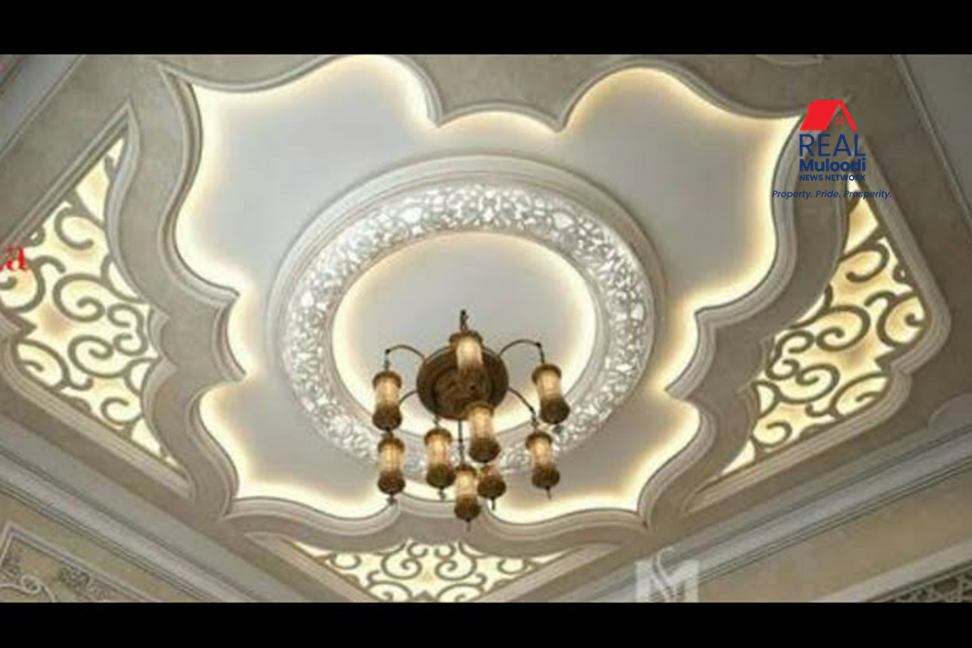UGANDA, Kampala | Real Muloodi News | Godwin Namanya is an interior designer renowned for his gypsum design projects across Uganda. Initially a gypsum board dealer, Namanya developed an interest in the material and transitioned into design.
With a background in electrical engineering from Kireka Technical Institute, he pursued a diploma in interior design at Kyambogo University.
Namanya attributes his success to his creativity and ability to exceed client expectations.
“I always try to do something different by creating new designs and innovations. I ensure to use quality materials that are exquisite, durable, and affordable,” he says.
One of Namanya’s signature designs combines lighting, plastic marble, and unique wall panels.
“We use modern LED lights which are warm and gold, and high-gloss boards with good edging and finishing,” Namanya explains.
His engineering background aids in selecting elements that complement each other, particularly in lighting.
Namanya collaborates with a team that conducts local and international research to stay current with design trends.
“We have invested in benchmarking, travelling abroad to see what they are doing and how they are doing it,” he states.
Their work is visible in Lubowa Estates, Munyonyo Speke Resort, and Naguru Heights. They have also contributed to projects such as the NSSF Housing Project and individual projects in Arua, Gulu, Jinja, and Fort Portal.
Challenges in Gypsum Design
Despite the appreciation for their work, Namanya notes that clients are often unwilling to pay appropriate amounts.
“What they do not understand is that most of our materials are imported, and we pay hefty import taxes that eat into what would have been our profit,” he explains.
The market also faces challenges with counterfeit products. Convincing clients to choose superior, more expensive materials over cheap duplicates is difficult.
Using inferior materials has allegedly tainted the industry’s reputation by failing to perform as expected.
Namanya believes that professionals in the field should research and travel widely to improve their skills. He also advocates for a professional body to support and regulate interior design activities.
“Our profession is a low-hanging fruit that many young people should be embracing. However, they should endeavor to get the proper training; passion alone can take you only so far,” he advises.
The Complexity of Interior Design
Namanya emphasises that interior design involves more than people often assume. To succeed, one must understand design principles, layout, business operations, service offerings, pricing, and client health, welfare, and safety.
“The purpose of interior design is to carefully curate a well-designed space. This takes time and is more than simply going to a few stores and finding some things that would work. Every element used in the design must have a purpose and serve more than one function,” he explains.
His Future Plans
Namanya plans to start manufacturing the materials he currently imports.
“Just as we make iron sheets and iron bars for ourselves, we can make gypsum boards and plastic panels here. This will reduce the costs of installation in interior spaces, hence better charges to customers,” he says.
READ MORE LIKE THIS:



